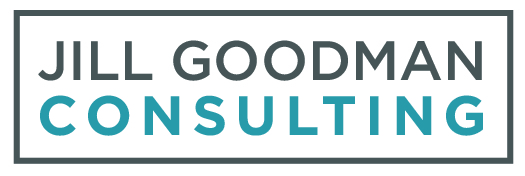The Trustee-Leadership Relationship
Do you remember the scene in My Big Fat Greek Wedding when Lainie Kazan's character assures her daughter that her father does not have the final decision over her life? She says, "The man is the head, but the woman is the neck, and she can move the head any way she wants." I use this example when I talk with first-time Heads of School and administrators to help them understand that they hold power to guide the success of the relationship between the board of trustees and the head of school. The Head of School is the neck in this example, and the board is the head. Collaboration between the two is essential to the future success of the organization.
Priya Parker, the author of The Art of Gathering, gives brilliant insight into the many gatherings we attend and host, from board meetings to parties to conferences. At any group gathering, three things happen for participants: being part of the group, knowing the group's purpose, and the individual as seen by the group and its leader. Parker gives an example of how board meetings can go wrong when trustees need clarification on their purpose.
Parker talks about a dysfunctional board where members repeatedly stall the decision-making process by continuing to ask for more or different information at every meeting. Critical decisions were pushed back for months, exasperating the organization's leaders. Finally, the board chair and executive director created a plan to use their authority to shift expectations and force progress by radically changing the questioning format.
The question-asking stall tactic is just one way for individuals to assert their purpose in a group when their purpose has yet to be established. Here are four ways to guide and support your board members in clarifying their roles and intent on the board:
Consider ways to acknowledge and affirm each member of the board.
Ask each person what the purpose of board service is for them and what they hope the outcome will be. Listen carefully.
With each member, develop their role on the board based on their strengths and the organization's strategic goals.
Use and acknowledge those roles in gatherings of the board and its committees.
Independent school or non-profit board members are volunteers. They are donating their considerable time, expertise, and money to forwarding your organization's mission. In return, each trustee hopes for a positive experience that feels valuable, acknowledged, and expertly led in their efforts.
The author, Jill Goodman, is a consultant working with independent school leaders to advance their school's mission, enhance their processes, and bolster their skills. Learn more about all services here.



